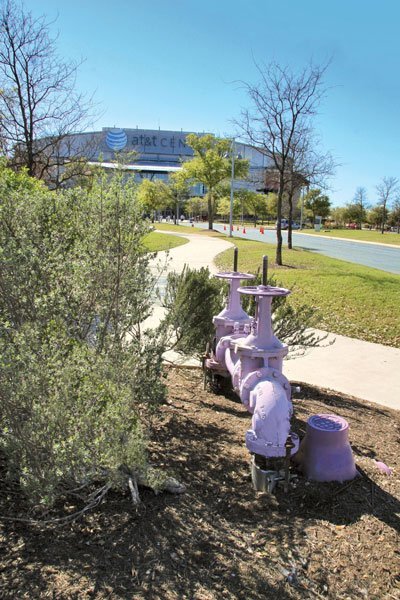Recycling centers make the most of every drop. In 1996, the SAWS Board committed to a Water Recycling plan to build the nation’s largest recycled water delivery system.
The years since have shown the wisdom of making full use of an asset that was once considered a liability. The recycled water produced by SAWS Water Recycling Centers holds an important role in the city’s future.
Today, almost 130 miles of pipeline deliver highly treated effluent to golf

courses, parks, and commercial and industrial customers throughout the city. The system can provide up to 35,000 acre-feet per year, or about 29 million gallons per day, thereby conserving large amounts of Edwards water for potable use.
The system was also designed to provide baseflows in the upper San Antonio River and Salado Creek, and the result has been significant and lasting environmental improvements for the aquatic ecosystems in these streams.
The water recycling process
Water recycling – the effective treatment and reuse of wastewater – protects public health, the natural environment and the wildlife that depends on it, downstream water supplies, and water sources for recreational use. The process also produces useful byproducts.
Recycled water can be used for irrigation and in industrial processes, biosolids can be used in soil conditioning or compost production, and gases can be captured and used to produce heat and power.
The process employs basic physical, biological, and chemical principles to remove contaminants from water. The Steven M. Clouse and Leon Creek Water Recycling Centers are conventional activated sludge facilities, while the Medio Creek Water Recycling Center uses an extended aeration process.